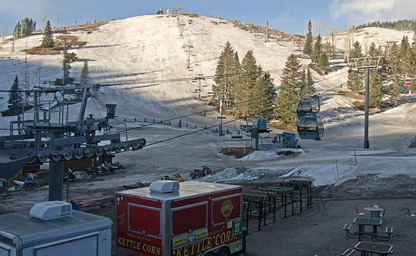
Alto
Country’s southernmost ski area - The best warm-weather powder skiing in the world

Country’s southernmost ski area - The best warm-weather powder skiing in the world
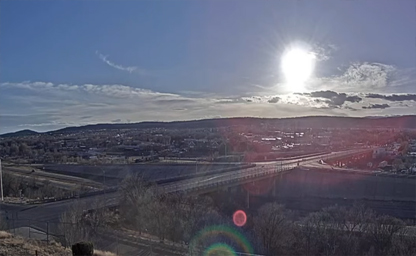
Showcasing our beautiful landscapes in the area
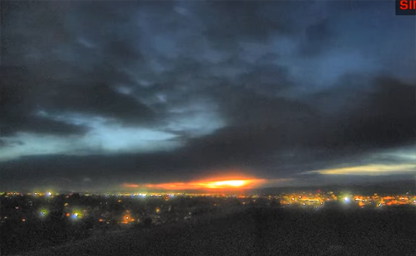
Sits in the Sangre de Cristo foothills
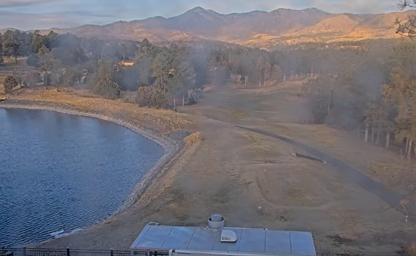
Live Camera may sometimes show other views than just Hole 10 at the Alto Course

Situated in the finest example of New Mexico's territorial-era commercial districts
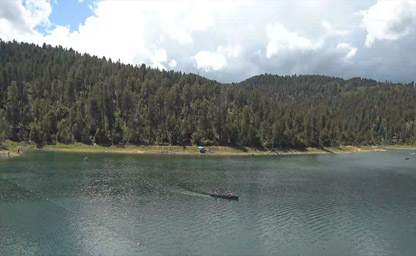
Enjoy the Ruidoso experience from amazing Grindstone Lake
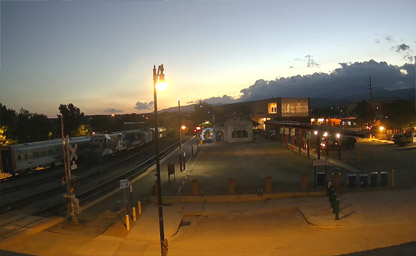
Located from the heart of the Santa Fe Railyard
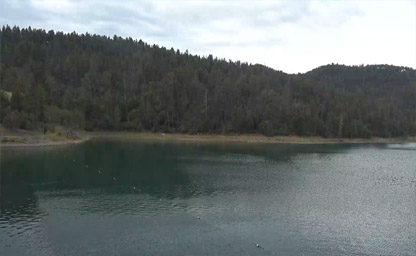
Situated just minutes from downtown Ruidoso
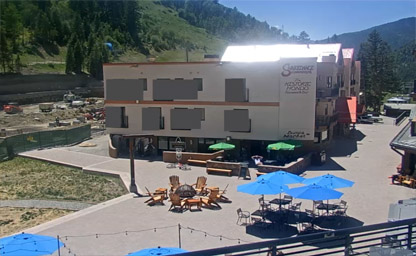
A village and alpine ski resort in the southwestern United States
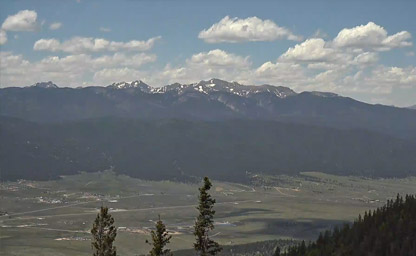
A village in the Rocky Mountains of New Mexico
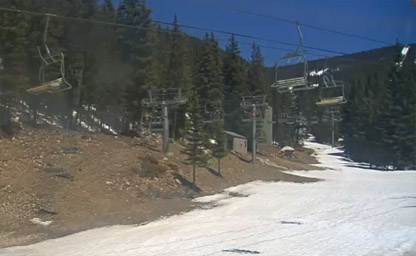
In the southernmost end of the Rocky Mountains
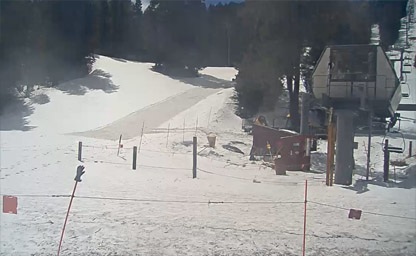
A census-designated place in southern Taos County
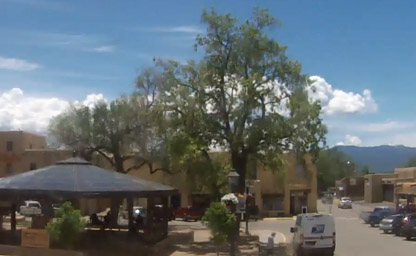
A beautiful town in northern New Mexico’s high desert
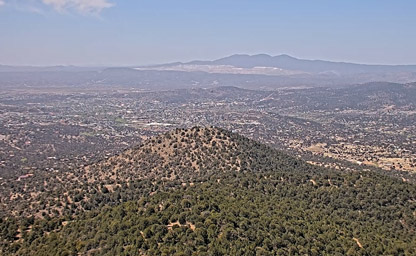
Panoramic live view of Silver City mountain and the surrounding area
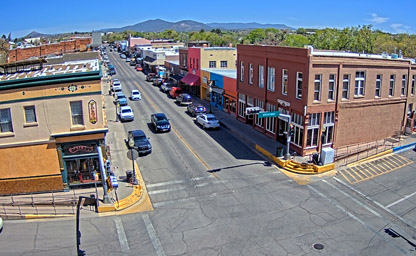
Silver City is a gem in Southwest New Mexico
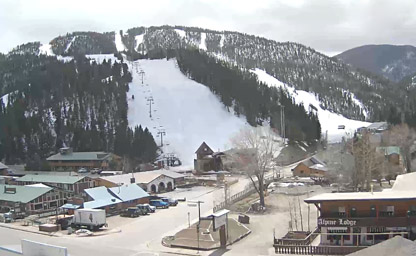
Located next to the municipal parking lot, which has 106 parking spots
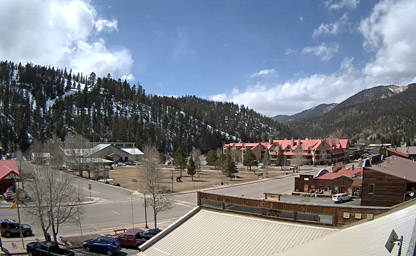
At the end of the trail there are cool mountains and friendly folks
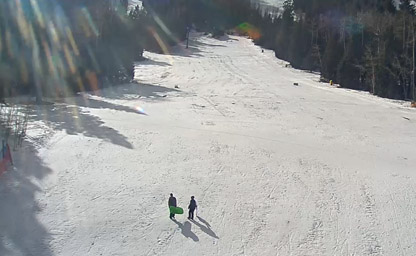
View from the top of Pajarito Lodge
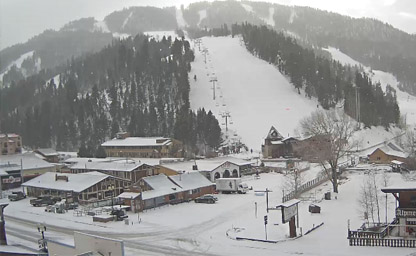
Starts in the historic town of Taos Pueblo and winds through the scenic
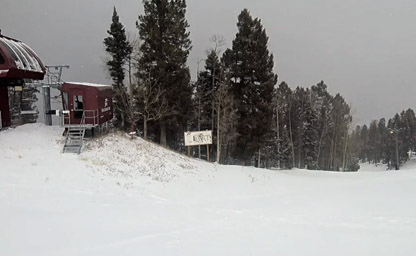
The southernmost subrange of the Rocky Mountains
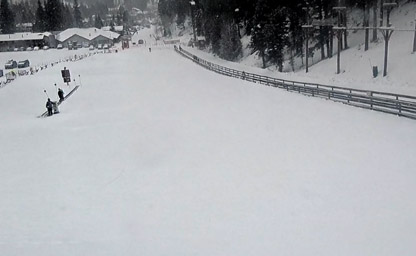
A resort town in Taos County, New Mexico
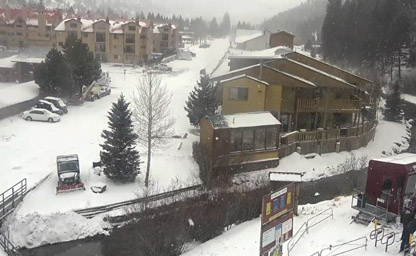
Situated in the Sangre de Cristo Mountains
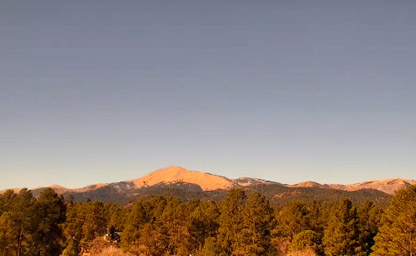
Situated high atop the Ruidoso Athletic Club at 415 Wingfield St.
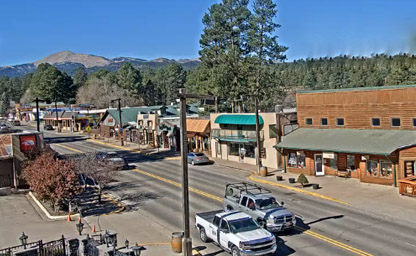
In the center of the entertainment district on Sudderth Dr
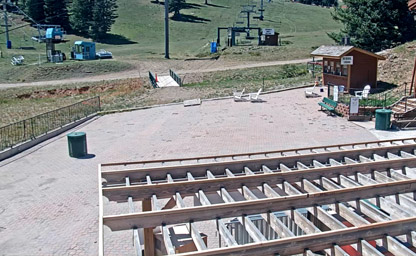
Take in the breathtaking views of the Sierra Blanca mountains on New Mexico
IpLiveCams offer a real-time window into the Land of Enchantment’s breathtaking landscapes, rich cultural heritage, and vibrant communities. From the vast deserts to the high mountain peaks, these webcams showcase the unique beauty and charm of New Mexico.
Nature enthusiasts can explore live feeds from iconic locations such as White Sands National Park, Carlsbad Caverns, and the Sangre de Cristo Mountains. These cameras reveal stunning desert vistas, shimmering dunes, and rugged mountain scenery.
Webcams in cities like Santa Fe, Albuquerque, and Taos capture the vibrant energy and cultural richness of New Mexico’s urban centers. Viewers can enjoy live views of historic adobe architecture, bustling plazas, and world-renowned art galleries.
For a taste of New Mexico’s outdoor adventures, live streams from the Rio Grande Gorge and the Gila Wilderness showcase serene rivers, dramatic canyons, and expansive wilderness areas perfect for exploration.
Seasonal changes enhance the beauty of New Mexico’s live cams. Witness the golden aspens in the fall, snow-dusted peaks in the winter, vibrant spring blooms, and dramatic summer monsoon skies that light up the horizon.
Whether you’re planning your next adventure, exploring New Mexico’s cultural treasures, or simply enjoying its stunning landscapes, live cams provide an immersive way to experience the magic and wonder of the Land of Enchantment.
The history of New Mexico is as expansive and colorful as its breathtaking landscapes, weaving together Indigenous cultures, Spanish exploration, and the development of the American Southwest. Long before European settlers arrived, the region was home to thriving Indigenous civilizations, including the Ancestral Puebloans, Navajo, Apache, and Ute peoples. Evidence of their sophisticated societies can still be seen in the ruins of cliff dwellings at places like Chaco Canyon and Bandelier National Monument.
In 1540, Spanish explorer Francisco Vásquez de Coronado led an expedition through the region in search of the fabled Seven Cities of Gold. Although Coronado never found the riches he sought, his journey marked the beginning of Spanish colonization in the area. New Mexico became part of the Spanish Empire, and the Pueblo Revolt of 1680 remains a key event in its colonial history, as Indigenous peoples united to resist Spanish rule and reclaim their lands and culture. The Spanish influence persisted, however, and New Mexico’s unique blend of Native American and Hispanic traditions continues to define its cultural identity.
In 1821, New Mexico became part of Mexico after it gained independence from Spain. This period saw the development of trade routes such as the Santa Fe Trail, which connected New Mexico to Missouri and facilitated commerce between the United States and Mexico. However, this era was relatively short-lived; following the Mexican-American War, the Treaty of Guadalupe Hidalgo in 1848 ceded New Mexico to the United States.
New Mexico’s territorial period brought significant changes, including conflicts with Indigenous groups as settlers expanded westward. Forts were established to protect settlers and enforce government policies. During the Civil War, the territory was the site of several key battles, including the Battle of Glorieta Pass in 1862, often called the “Gettysburg of the West.”
New Mexico achieved statehood on January 6, 1912, becoming the 47th state in the Union. Its cultural heritage and natural beauty made it a destination for artists and writers, such as Georgia O’Keeffe and D.H. Lawrence, who found inspiration in its dramatic landscapes. The state also played a pivotal role during World War II, hosting the Manhattan Project at Los Alamos, where the first atomic bomb was developed.
Today, New Mexico is celebrated for its rich cultural diversity, historical landmarks, and artistic communities. Visitors can immerse themselves in this history at places like Santa Fe’s Palace of the Governors, Taos Pueblo, and the Gila Cliff Dwellings National Monument.
New Mexico’s climate is as diverse as its geography, ranging from arid desert conditions to alpine environments in the mountains. The state is known for its abundant sunshine, boasting an average of 310 sunny days per year, making it a popular destination for outdoor enthusiasts and travelers seeking clear skies.
Summers in New Mexico are typically hot, particularly in the southern desert regions. Daytime temperatures in areas like Albuquerque and Las Cruces often reach highs of 35°C to 40°C (95°F to 104°F), while the dry air helps mitigate the discomfort of the heat. In the northern mountains and higher elevations, summers are cooler, with temperatures ranging from 20°C to 27°C (68°F to 81°F), making these areas ideal for hiking and camping.
Autumn brings mild and pleasant weather, making it one of the best times to visit the state. Temperatures begin to cool, and the changing foliage creates stunning vistas, particularly in the Sangre de Cristo and Jemez Mountains. The annual Albuquerque International Balloon Fiesta, held in October, takes full advantage of the crisp autumn air and calm winds, attracting thousands of visitors from around the world.
Winters in New Mexico vary significantly depending on the region. The desert areas experience mild winters, with daytime temperatures averaging 10°C to 15°C (50°F to 59°F). In contrast, the northern mountains and ski resorts like Taos and Santa Fe receive significant snowfall, attracting winter sports enthusiasts. Nighttime temperatures in these areas can drop well below freezing.
Spring in New Mexico is characterized by warming temperatures and blooming wildflowers, particularly in the desert landscapes. However, it is also the windiest season, with gusts occasionally kicking up dust storms in the lower elevations. Despite this, spring is an excellent time to explore the state’s parks and outdoor attractions.
New Mexico’s climate is influenced by its elevation and latitude, creating microclimates throughout the state. While drought conditions are common, particularly in the desert southwest, the state also experiences monsoon rains in late summer. These brief but intense thunderstorms bring much-needed moisture and can transform arid landscapes into vibrant green scenes, offering a dramatic change for visitors to witness.
New Mexico’s geography is as varied as it is stunning, encompassing deserts, mountains, mesas, and valleys. Covering an area of 314,917 square kilometers (121,590 square miles), it is the fifth-largest state in the United States. Its landscape is defined by its arid and semi-arid regions, punctuated by dramatic elevation changes that create a diverse array of ecosystems and environments.
The state is divided into four primary physiographic regions: the Great Plains, the Colorado Plateau, the Rocky Mountains, and the Basin and Range Province. Each of these areas offers unique natural features and opportunities for exploration.
The Great Plains region occupies the eastern part of the state and is characterized by flat to gently rolling terrain. This area is largely agricultural, with fields of wheat, corn, and cattle ranches dominating the landscape. The Llano Estacado, a high plateau within the Great Plains, is one of the most prominent features of eastern New Mexico.
The Colorado Plateau in the northwest is home to striking sandstone formations, canyons, and volcanic features. This region includes iconic destinations like Chaco Culture National Historical Park, where visitors can explore ancient Puebloan ruins, and the Bisti/De-Na-Zin Wilderness, known for its otherworldly rock formations.
The Rocky Mountains extend into northern New Mexico, creating a dramatic backdrop of snow-capped peaks and lush forests. The Sangre de Cristo Range, the southernmost subrange of the Rockies, offers excellent opportunities for skiing, hiking, and wildlife viewing. Wheeler Peak, the state’s highest point at 4,013 meters (13,167 feet), is located in this region.
The Basin and Range Province in the southern and western parts of the state is characterized by desert basins separated by rugged mountain ranges. This region includes the Chihuahuan Desert, White Sands National Park, and the Organ Mountains. White Sands, with its brilliant gypsum dunes, is a particularly unique natural wonder that draws visitors from around the globe.
New Mexico is also home to several significant rivers, including the Rio Grande, which flows from north to south through the state, providing water for agriculture, recreation, and urban areas. The Pecos River, Canadian River, and San Juan River are other important waterways that shape the state’s geography and support its ecosystems.
For an unforgettable experience, consider visiting the town of Roswell, famous for its association with UFO sightings and extraterrestrial lore. The International UFO Museum and Research Center offers a fascinating look at the 1947 Roswell Incident, making it a must-see for enthusiasts of the paranormal.
Here’s an interesting fact: New Mexico’s official state question is “Red or Green?”—a reference to the choice of red or green chile sauce offered with many dishes. This reflects the state’s vibrant culinary culture, where chiles are more than just an ingredient—they’re a way of life. If you can’t decide, simply answer “Christmas” to enjoy both red and green chile on your meal!